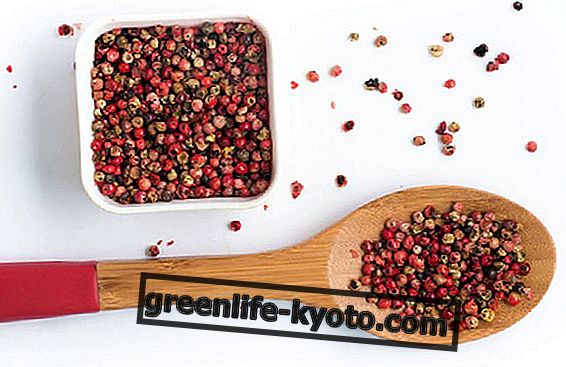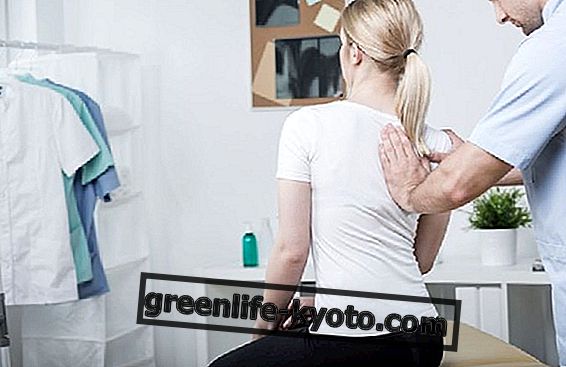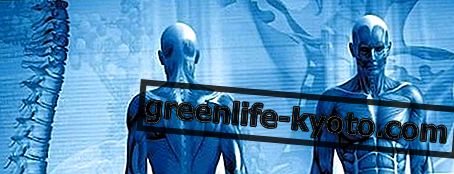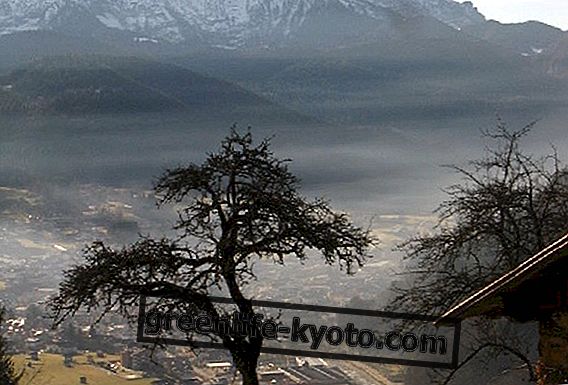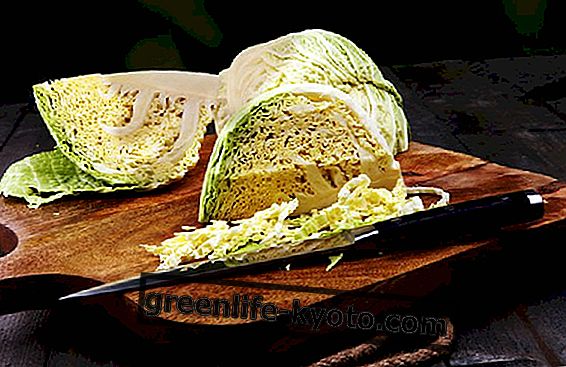
Here are the main and most well-known selections of Japanese green tea, study them and try them, your palate will be widely gratified, your health will benefit and you will find a moment of calm all for yourself.
The main types of Japanese green tea
- Sencha, the most common and widespread tea among the Japanese, with a high content of polyphenols and an unmistakable aroma.
- the Bancha, has a similar processing to the Sencha, only that the largest and most adult leaves are used, the taste is slightly more bitter.
- the Houjicha, similar to the Bancha, receives, unlike the latter, a slight toasting which gives the drink a golden color and a definite aroma.
- Gyokuro, one of the most precious Japanese green tea, rich in chlorophyll and with a sweet taste, is perhaps the most expensive of green teas, also called "precious dew".
- Tencha is produced with the same method as Gyokuro and has a particular aroma and a brilliant dark green color.
- Kukicha, the tea made with the stems of the plant, has a smoky aftertaste and a brown color due to roasting. Excellent green tea for diets, as it has a low theine content.
- Genmaicha is the typical green tea of Japanese breakfasts, mixed with toasted brown rice and puffed rice grains, very tasty and light brown in color.
- Kokeicha is a green tea in a very fine powder, with a strong taste and reminiscent of marine algae.
- Mat-Cha is the famous tea of the Japanese Cha-No-Yu tea ceremony. Its leaves grow in the shade, are then steamed and dried, cut into very small pieces and reduced to a very fine powder by a large stone wheel.
But let's not forget some of the lesser known and curious Japanese green tea ...
- Kabusecha is a Japanese green tea that grows in the shade, like the Gyokuro, but is cut like the Sencha; it is a green tea with a soft and mild taste.
- Shincha is the first harvest of Sencha's year which takes place in April
- Fukuyu grows near Mount Fuji, it is very rich in vitamin C.
Warning : here are the updates on Japanese green tea and the dangers of radioactive contamination.

